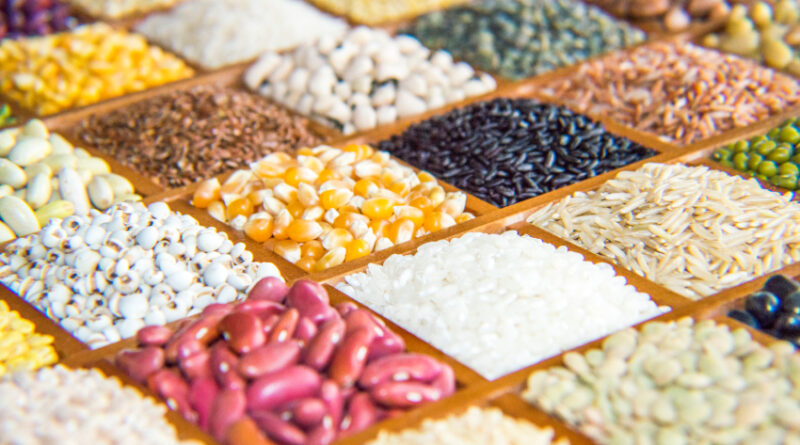Rice at Rs 340/kg, Chicken Rs 800/kg…: Pakistan crippled by inflation amid tensions with India, Modi govt’s deals severe blow due to…
Amid heightened tensions with India and the looming threat of an India-Pakistan war after the heinous Pahalgam terror attack, inflation has hit critical levels in the cash-strapped nation with food prices reaching a record high. According to media reports, the prices of food essentials like rice, flour, vegetables, fruits, and chicken, have surged exponentially, and the situation is likely to get worse due to the end of India-Pakistan bilateral trade which was halted by Prime Minister Narendra Modi-led central government as a retaliatory response to the Pahalgam attack.
How end of bilateral trade with India will hurt Pakistan economy?
According to details, India-Pakistan bilateral trade was valued at Rs 3838.53 crores in the last financial year, with the majority of the trade taking place via the now-closed Attari-Wagah border in Amritsar, Punjab. As per the Land Port Authority of India, this figure also includes imports coming into India from Afghanistan and other countries via Pakistan.
India has closed the Attari-Wagah border following the Pahalgam terror attack, which will halts this lucrative trade route, causing further damage to the already crumbling Pakistan economy.
Pakistan may face shortage of medicines, other items
Apart from hurting Pakistan’s economy, the halting of bilateral trade by India will create a shortage of essentials, including medicines and food items, in the neighbouring country. India exports huge amounts of various critical medicines, chemicals, fruits, vegetables, poultry feed, and dry fruits to Pakistan, apart from gypsum and rock salt.
Experts believe that Pakistan will face a critical shortage of medicines, and other essentials, now that the borders are completely sealed and trade with India halted. Additionally, the prices of these commodities will surge drastically due to low supply, further raising inflation in Pakistan.
According to reports, Pakistani health officials have initiated emergency measures to secure medicine supplies in response to the suspension of trade relations with India. Reports say that Pakistan imports around 30% to 40% of its pharmaceutical raw materials from India.
Inflation cripples Pakistan
Here are the prices of food essentials in Pakistan, according to various reports;
| Item | Price in Pakistani Rupee (PKR) |
| Chicken | 798.89 PKR/Kg |
| Rice | 339.56 PKR/Kg |
| Eggs | 332 PKR/dozen |
| Apple | 288 PKR/Kg |
| Milk | 224 PKR/Litre |
| Bread | 161.28 PKR/500 gm |
| Banana | 176 PKR/Kg |
| Tomato | 150 PKR/Kg |
| Potato | 105 PKR/Kg |
| Orange | 216 PKR/Kg |
Over 1 crore people face starvation in Pakistan
Meanwhile, a recent World Bank report has made a dire prediction, stating that over 10 million Pakistanis could be staring at starvation due to severe food insecurity and an increased risk of a sharp rise in poverty levels during the current financial year.
As per the report, climatic conditions are likely to negatively impact the agricultural production of major crops like rice and maize, due to which more than 10 million or over 1 crore people in Pakistan, mostly in rural areas, could face acute food insecurity, including starvation in extreme cases, in FY25.
The World Bank report has also revised Pakistan’s economic growth forecast to 2.7 percent, citing the country’s current economic policies and debt. The report also warned that Prime Minister Shehbaz Sharif led government may also fail to meet its annual budget deficit target, while Pakistan’s debt-to-GDP ratio is likely to surge.
10 million Pakistanis face starvation
The World Bank report noted that climatic conditions are likely to negatively impact the agricultural production of major crops like rice and maize, due to which more than 10 million or over 1 crore people in Pakistan, mostly in rural areas, could face acute food insecurity, including starvation in extreme cases, in FY25.
The report also forecasted with a population growth of about 2%, more than 19 million (19 lakh) people could fall into extreme poverty during the current fiscal year. Additionally, the report also highlighted the extremely low participation of women and youth in the labor market, with Pakistan having a 49.7% employment-to-population ratio.
This article has been republished from India.com

